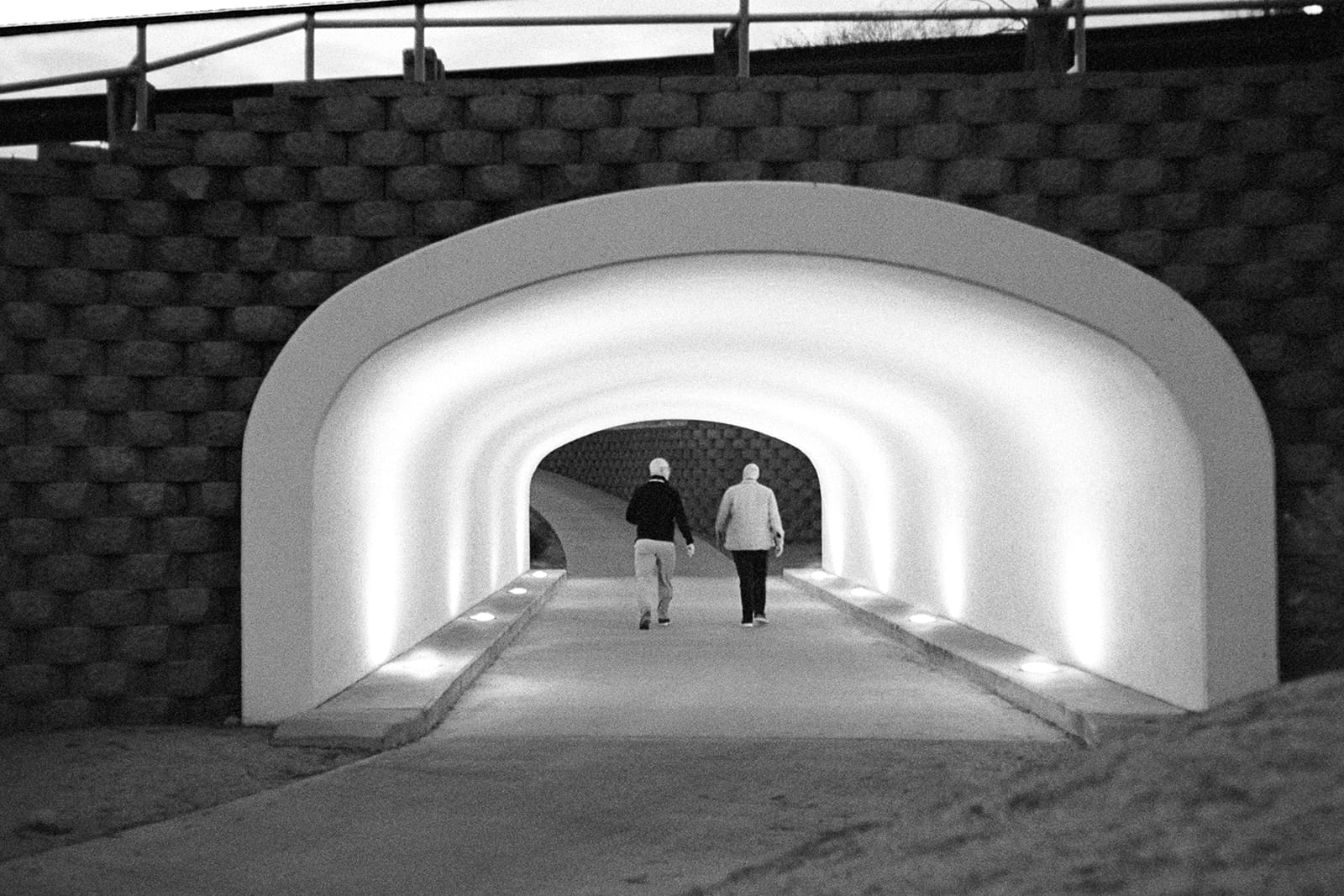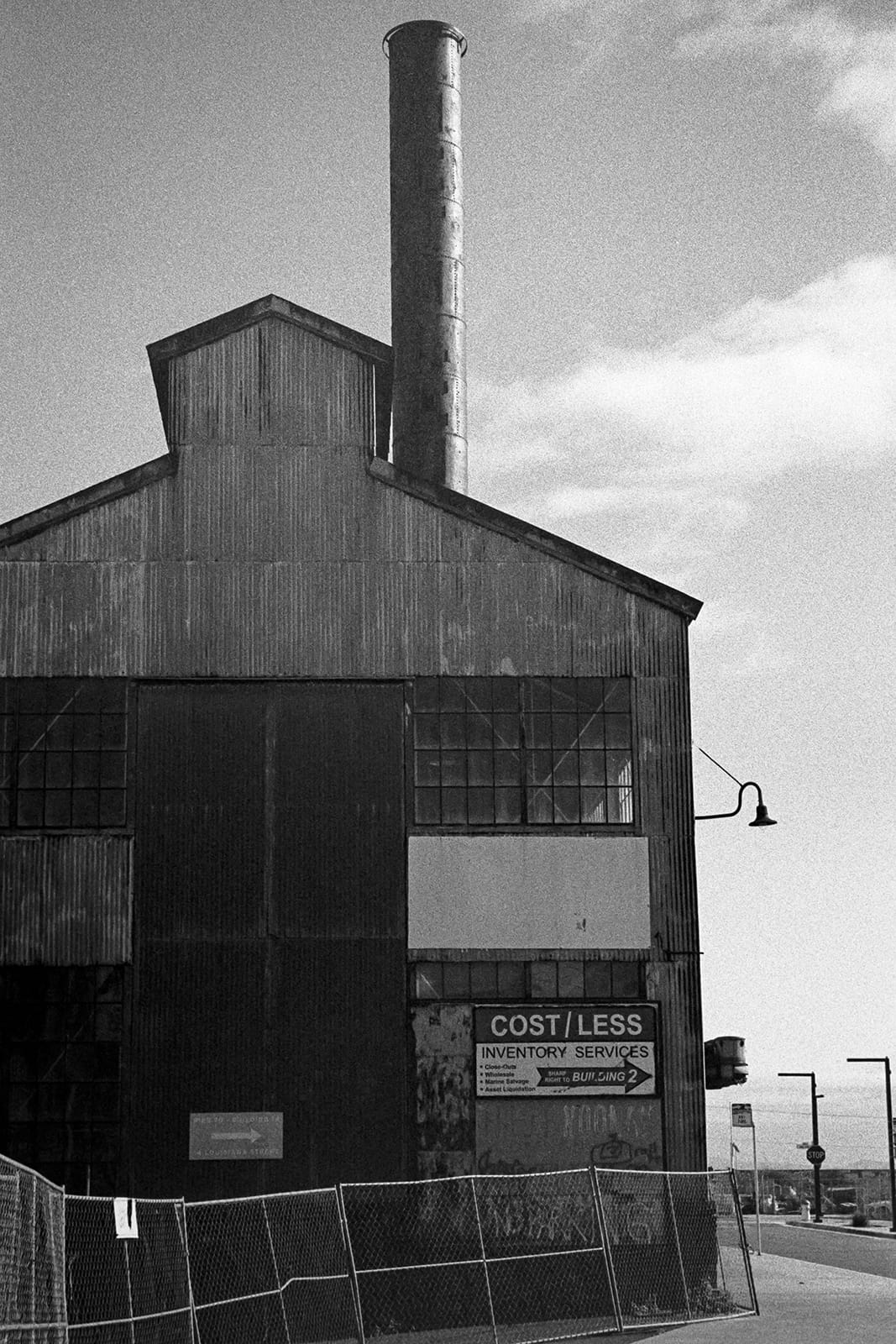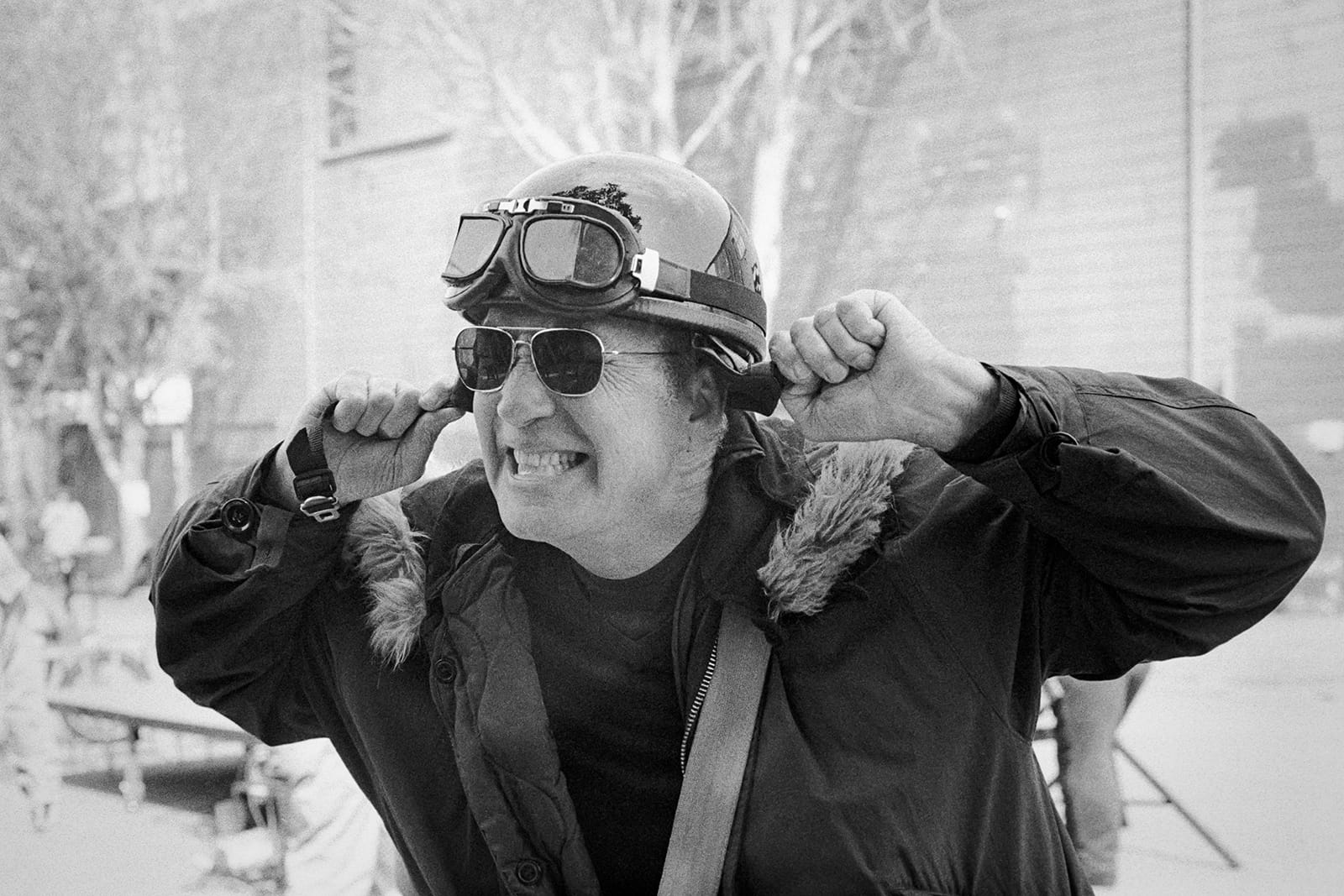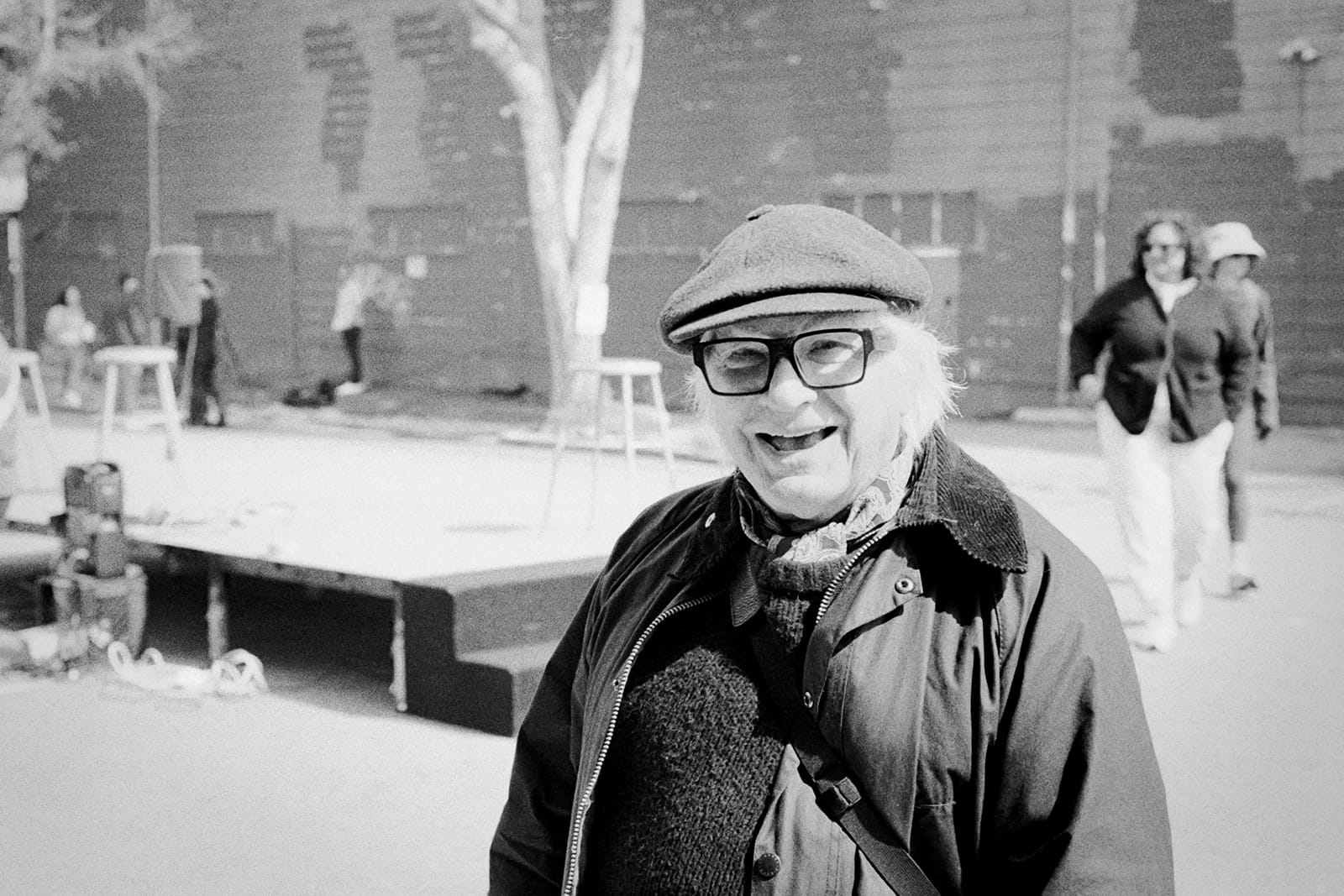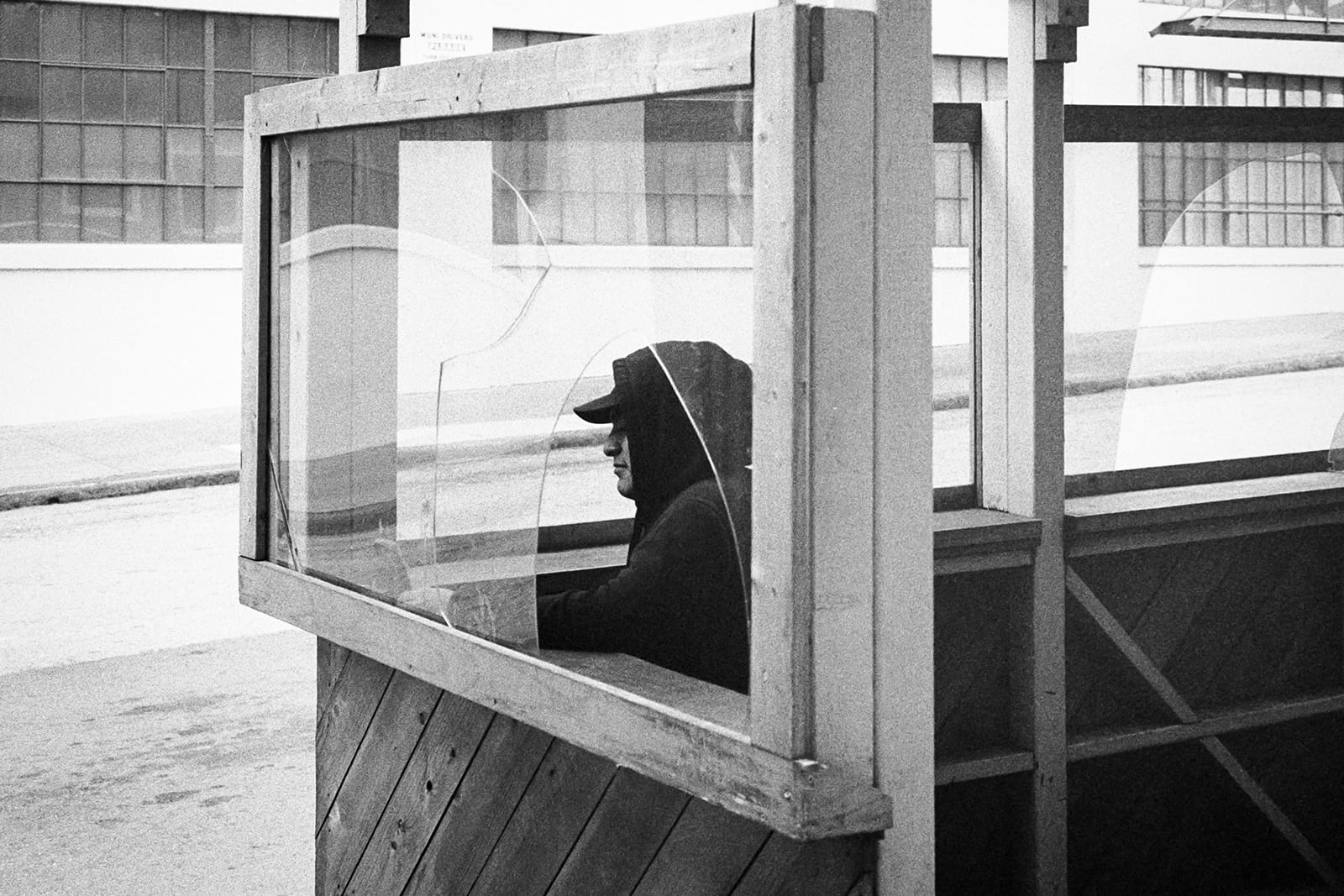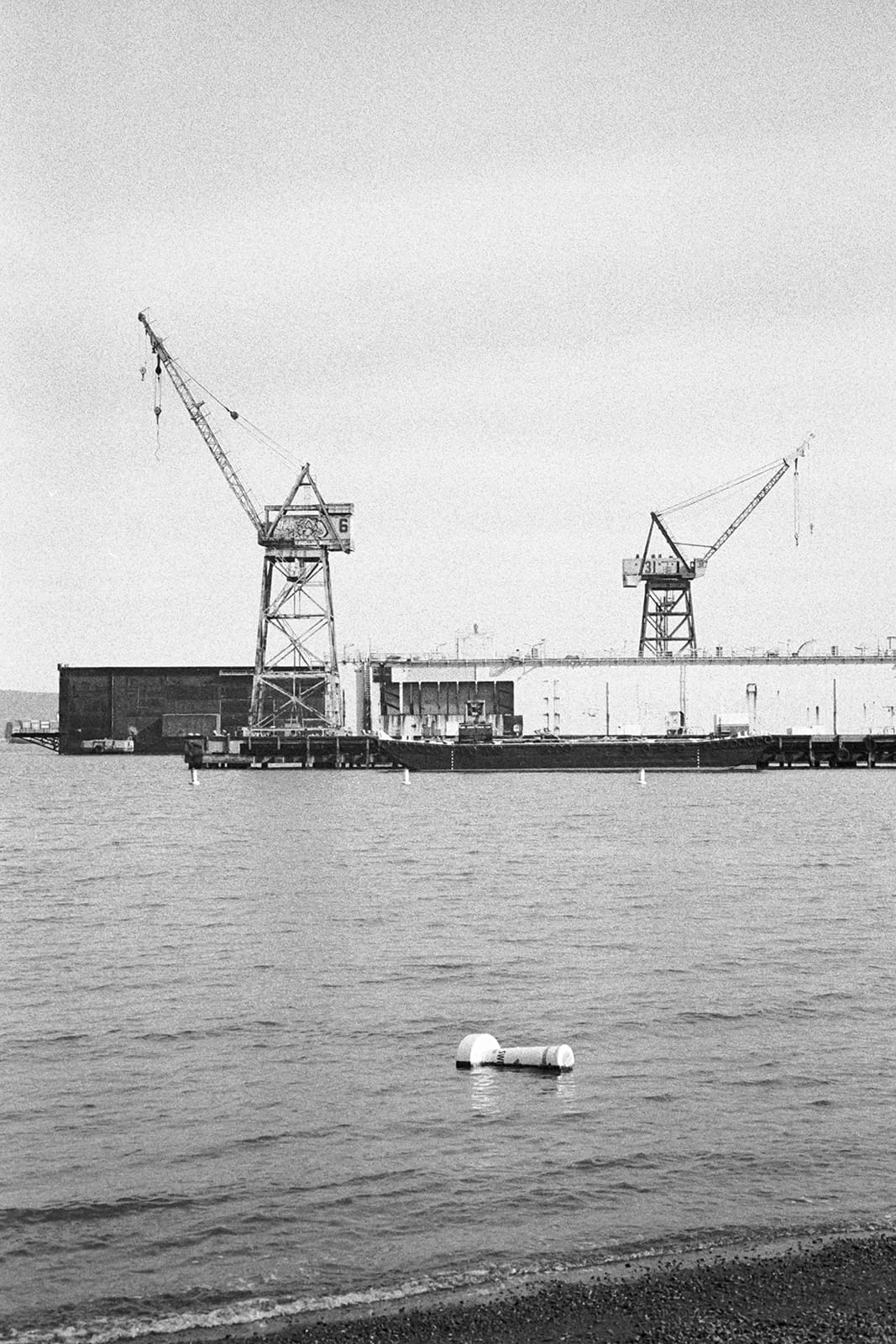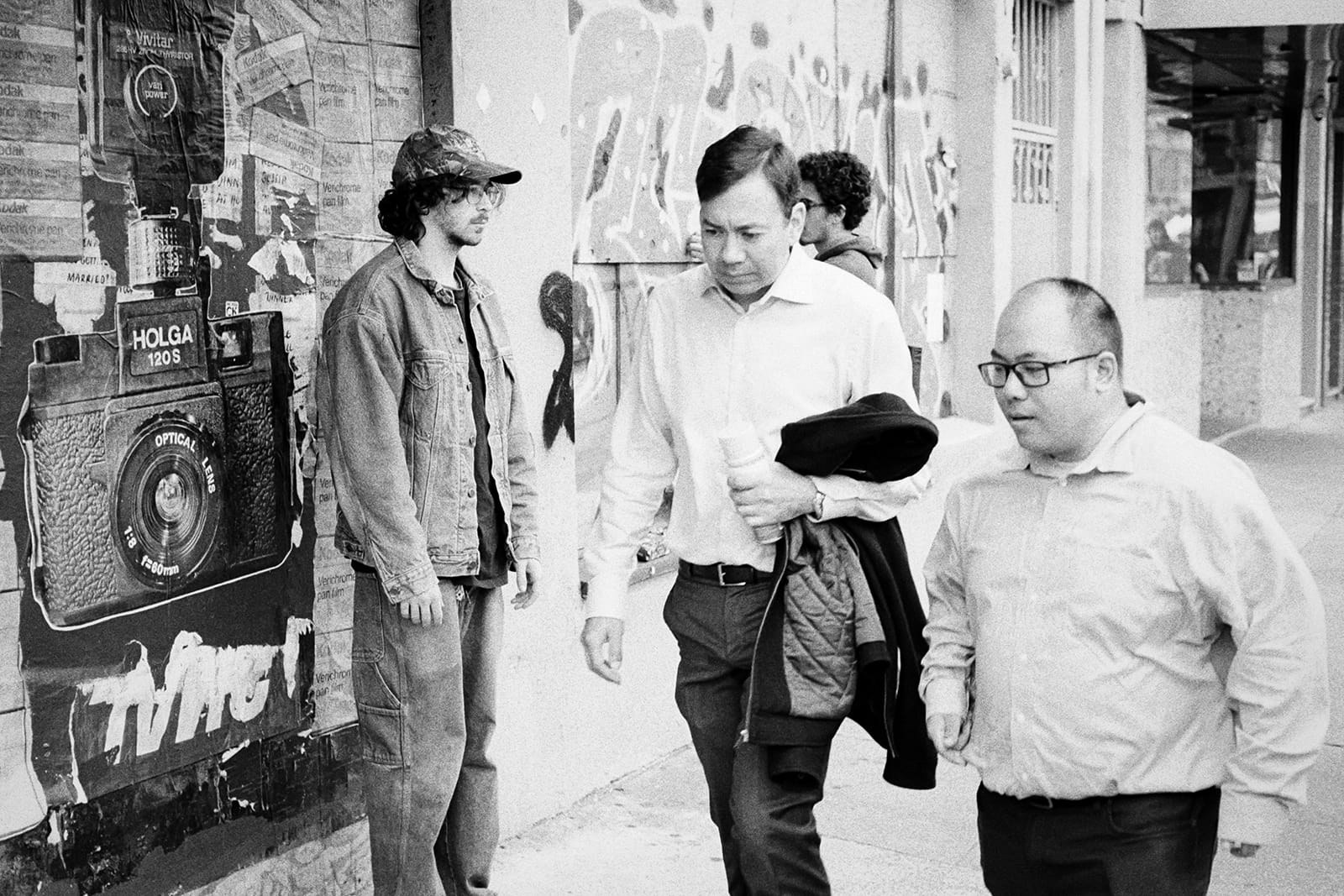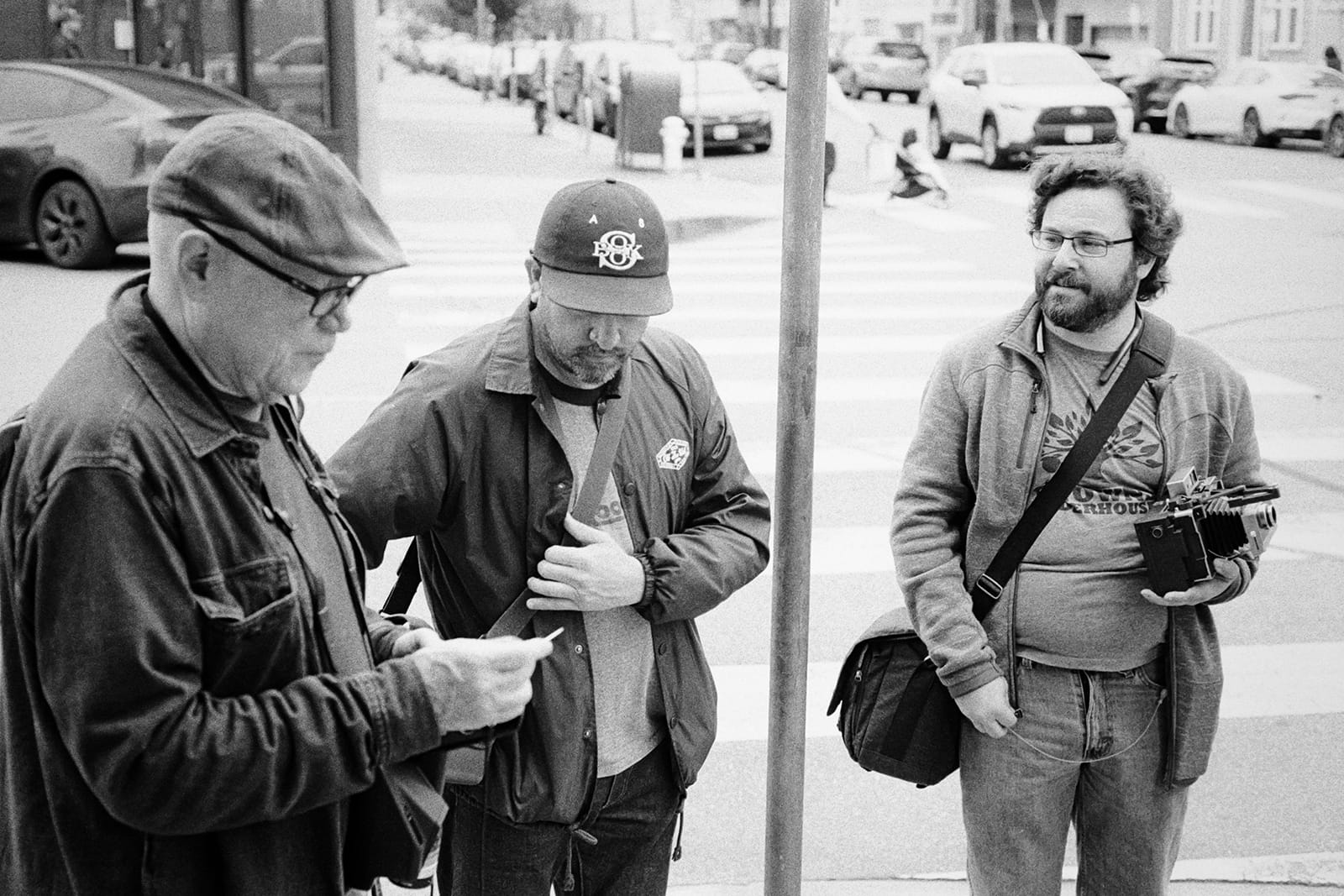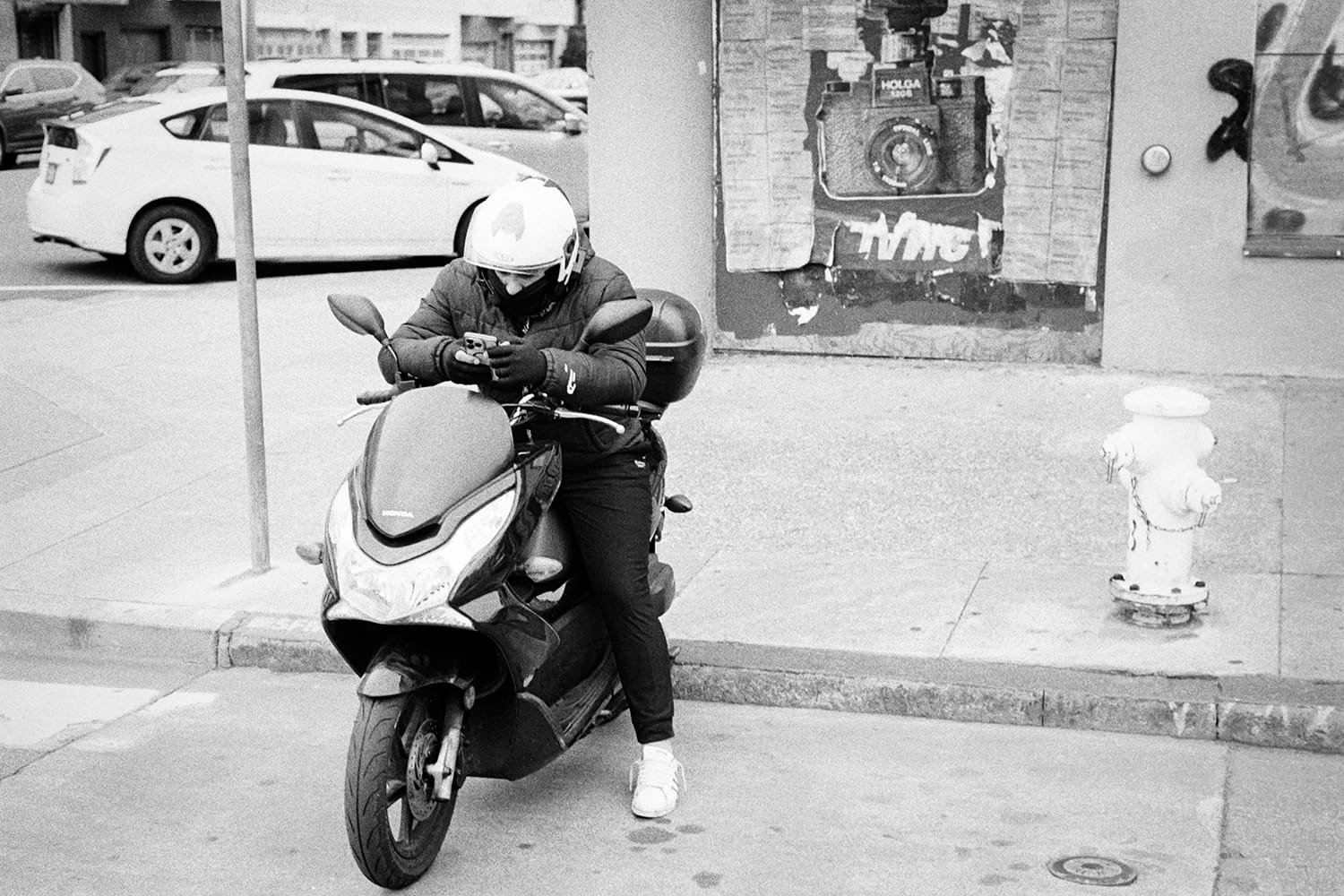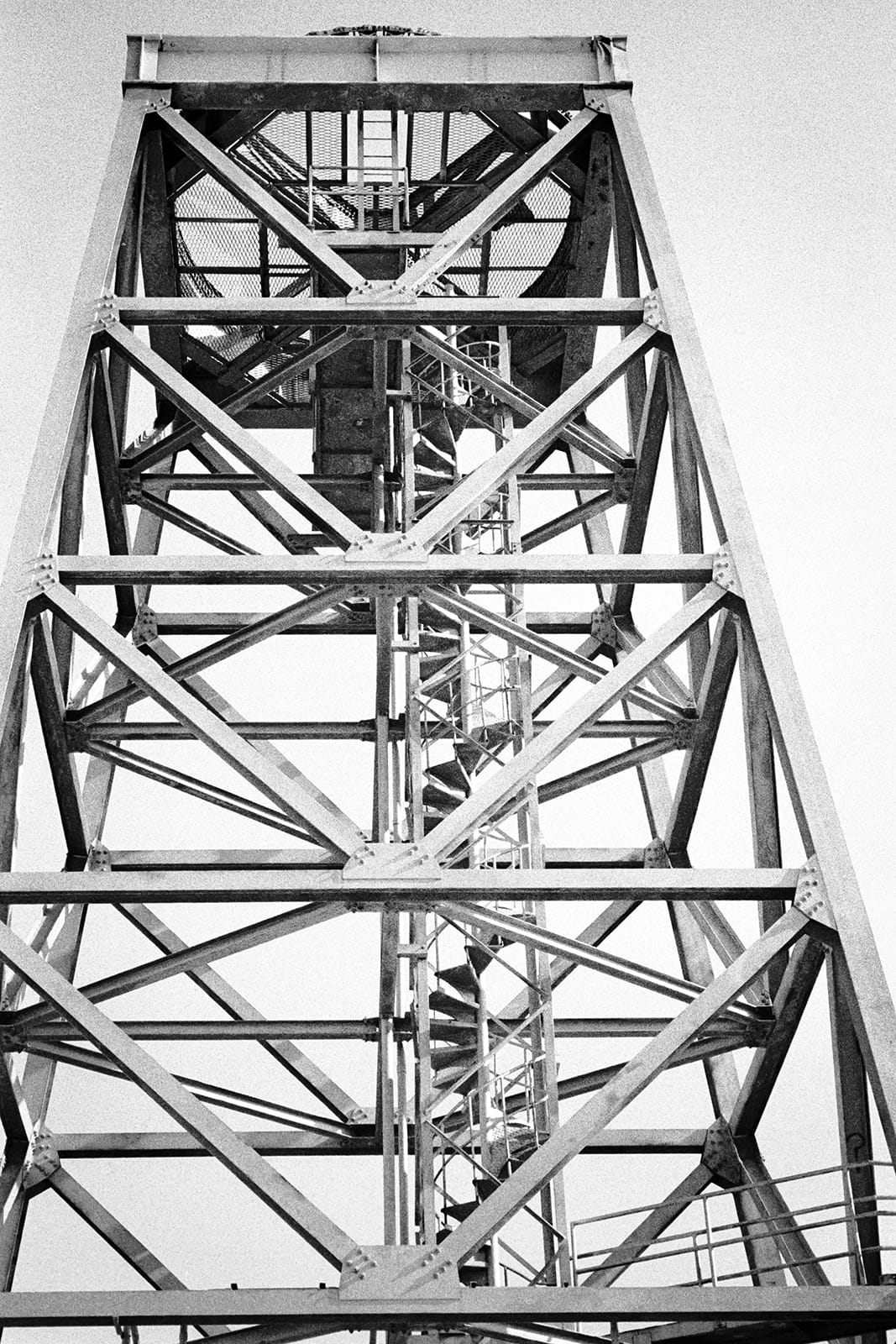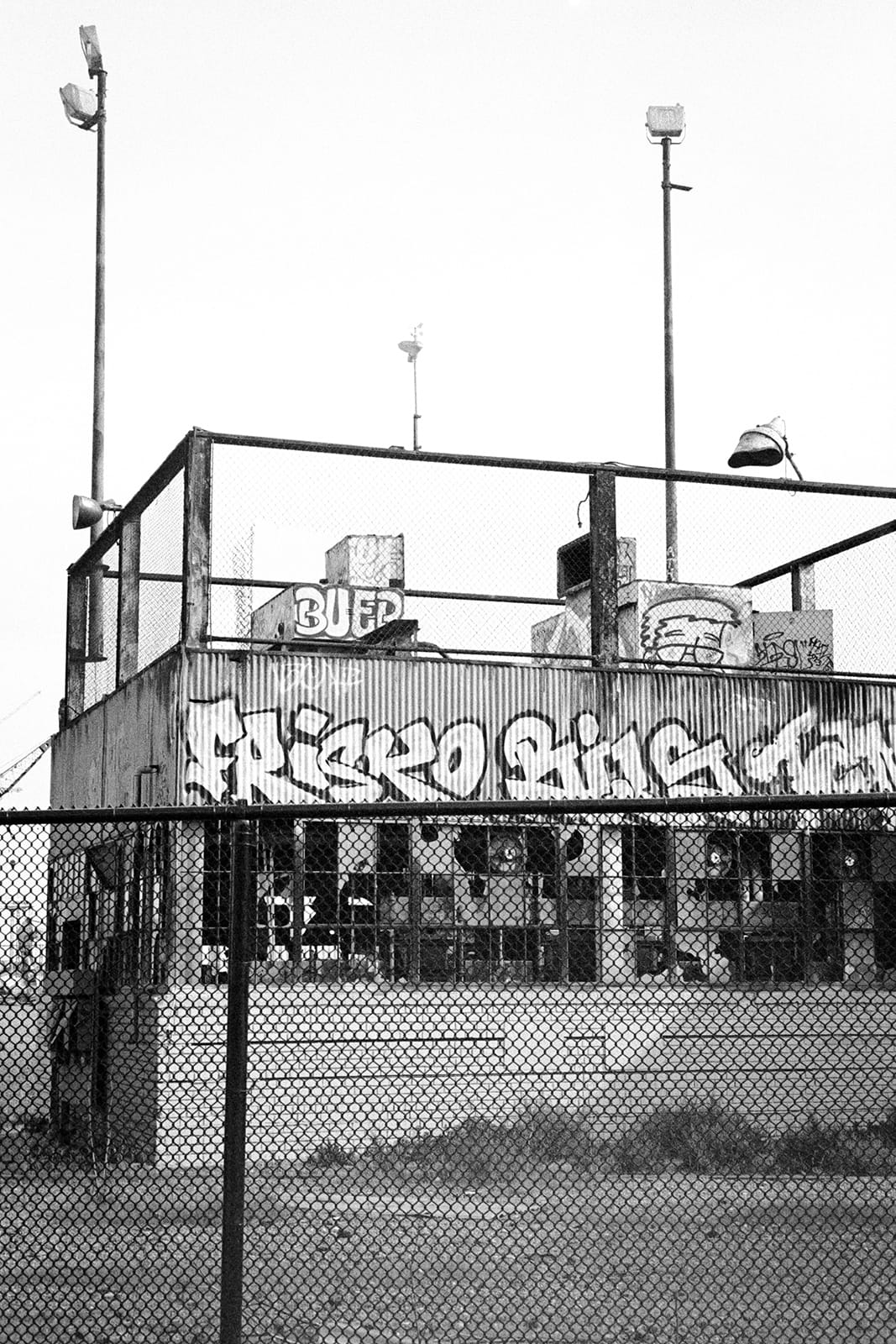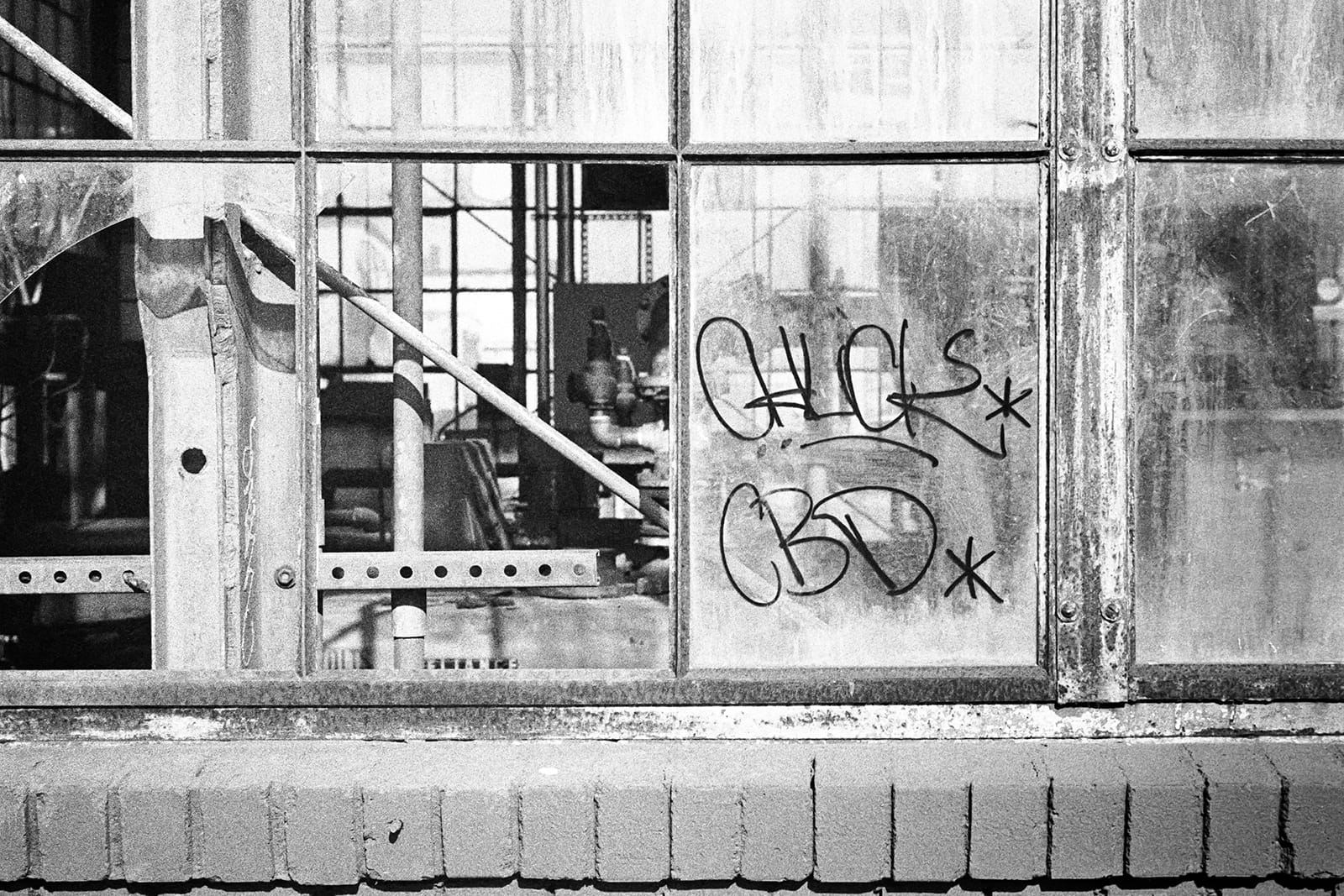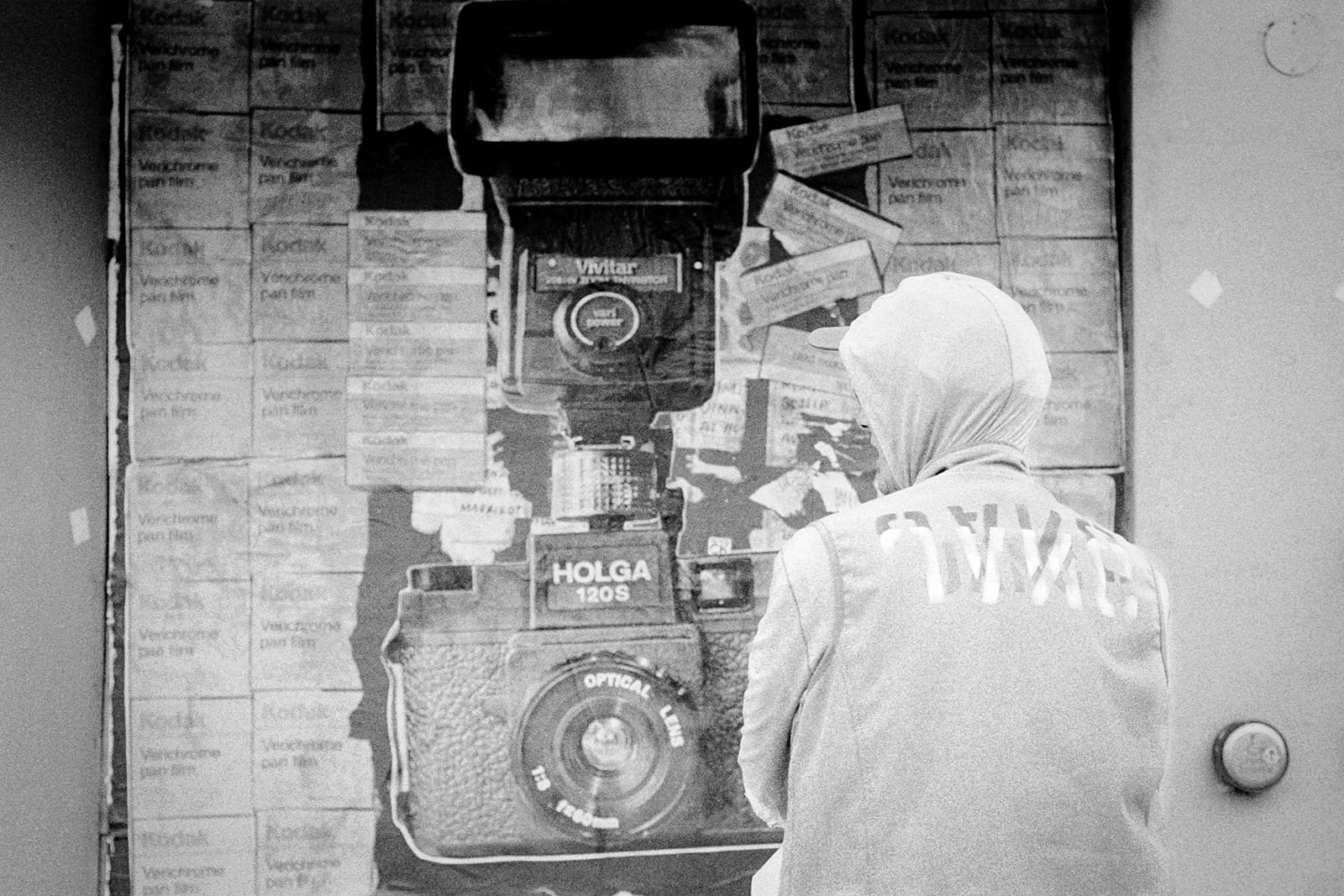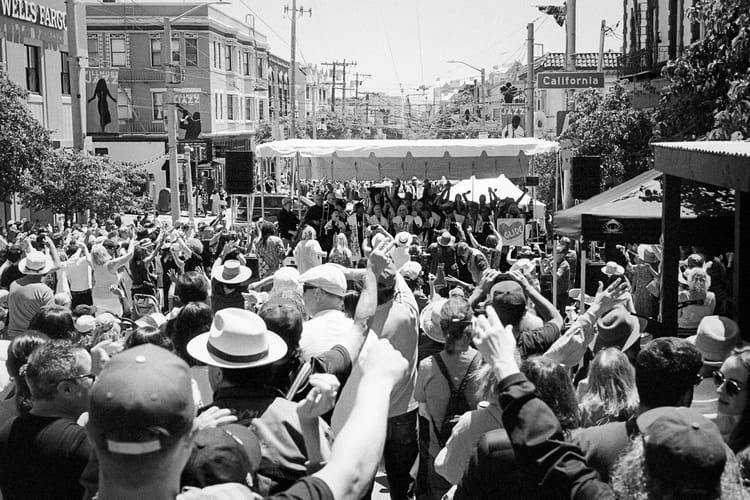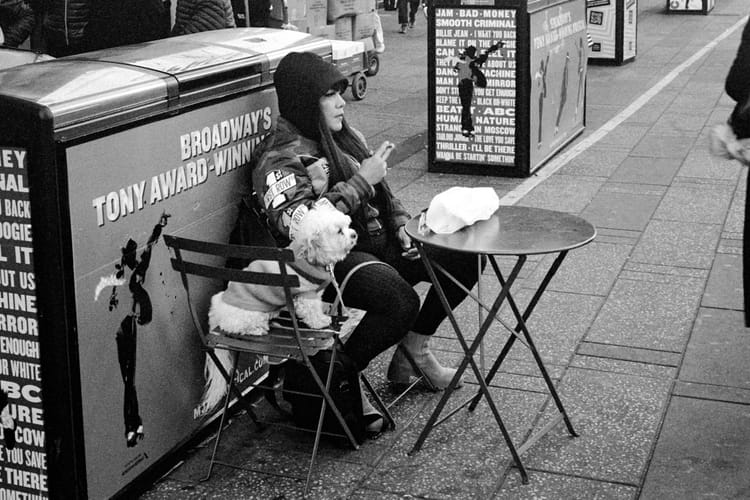The people in your neighborhood. Or, how I got my Leica M3
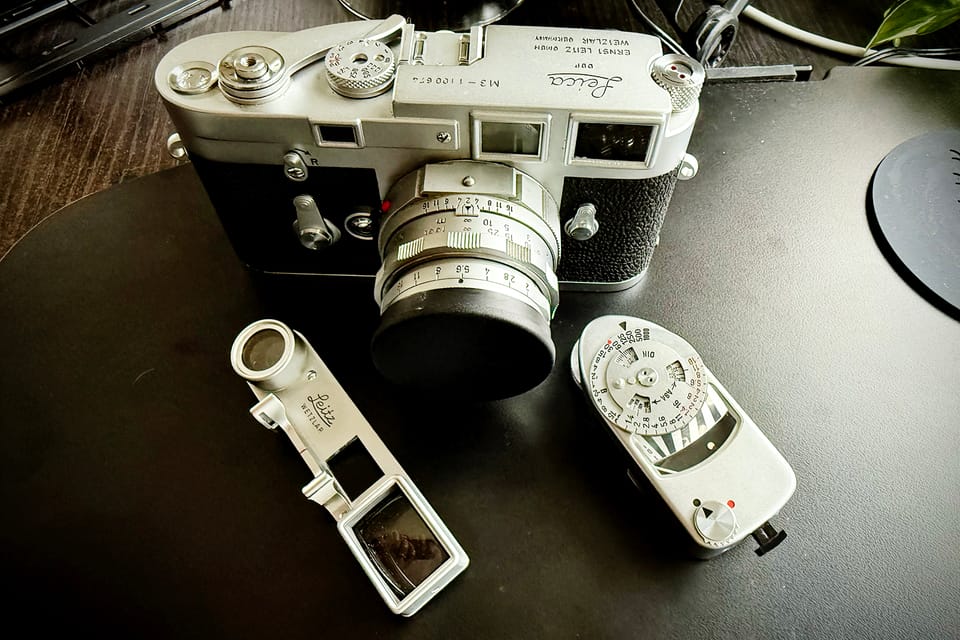
The daily email digest I get from my neighborhood Groups.io listserv is typically a pretty sleepy affair—people trying to get rid of busted old Ikea furniture, talking about whatever new business is moving into a vacant local storefront, or gossiping about whatever the local cops have been getting up to lately. I usually scan, delete, move on with my life.
But one morning back in December, there was a post that caught my eye.
“Leitz microscope, circa 1969, available”
It was a few days before Christmas, the holiday shopping was long done—it’s an exercise I get way ahead of because I’m increasingly disinterested in it and want it out of the way—but my daughter is in the health academy track at her high school and I thought the microscope might make an interesting gift.
I replied to the post and, over the course of a few quick emails, managed to work out a perfectly reasonable $50 sale price for the microscope. The microscope’s owner, a retired physician, and her husband were selling their house—one of those giant boxes that looks like a cake covered with fondant decorative moldings, in a posh neighborhood called Trestle Glen just up the hill—and moving to a retirement community out in Walnut Creek. The microscope sale was part of a purge to clear out 40 years of collecting that now occupied their garage, attic, closets and shelves.
As I stood in the dining room of the doctor’s box cake house inspecting the microscope—it was pristine, having been packed in the original case since her graduation from med school in 1973—she asked if I was familiar with the Leitz brand. Yes. As a photographer, I told her, I own a Leica M camera and have two lenses for it that bear the Leitz logo.
“Oh wonderful,” she said, “they make the absolute best glass.” Indeed. I collected the microscope and headed home.
The next day, Christmas Eve, as I sat on the couch contemplating not gifting the microscope to my daughter, and setting it up as a bookshelf curio instead, my phone buzzed and I looked to see an email notification from the doctor. The subject simply read “Cameras.”
She was reaching out to ask if I had any advice about how to rehome three cameras she had, “a Nikon FE, a Nikkormat, and a Leica M3 rangefinder. They are all film cameras.” Yeah, I had some advice.
We traded emails throughout the week after Christmas, she sent me photos of the cameras to confirm good conditions, and we talked about what she was looking for in a price. All three cameras had been in a box for at least 30 years, if not longer. I was only interested in the Leica, what looked from the photos she sent to be a well preserved early ’60s M3 with period-matched Summicron 50mm f/2 lens, Dual Rangefinder attachment, and Leicameter MR4 (the M3 wasn’t made with a light meter in it, so Leica sold a line of meters that attached to the cold shoe mount on the top of the camera). But the good doctor wasn’t interested in piecing out the collection—she wanted it all gone before the move. So when I offered her money for the M3 alone, she told me I’d offered too much (I had not offered too much), and said she’d give me the entire lot for the offer price, including a couple of tripods and a handful of lenses for the FE.
Naturally, the deal was done. The day before New Years Eve, I picked up a collection of cameras.
Eager to test the mechanical state of the cosmetically perfect M3, I loaded it up with a roll of Tri-X and went for a walk in the neighborhood. One mile and 36 exposures later, I was in the lab (a.k.a. the kitchen in the ADU that serves as my home office) processing the film. The results revealed a consistent light streak across each image of an otherwise perfectly good set of negatives.
I’d already researched vintage Leica repair and CLA (clean, lubrucate, adjust) in the US and, wanting to avoid costs and wait times associated with going through Leica corporate, found there are only a few independent Leica certified techs in the country. I emailed the most reknown of them with the TLDR of the camera’s history and a handful of scans from the test roll. He replied within an hour—the camera had clearly been sitting for 40 years or more, he said, and the likely culprit of the light streak was a shutter curtain that was not closing all the way during the exposure process. He listed his services, quoted his prices, and gave me a 10-month repair window…unless I wanted to add 20% to the total cost, in which case he’d have the camera back to me within three weeks. Of course I added the 20%.
Three weeks later, I had the camera back in like-new working condition with a note from the esteemed tech letting me know just how impeccable the machine’s mechanics are—the basic CLA had solved the problem, otherwise the camera barely showed any signs of use.
There are several handy online databases of Leica serial numbers dating back to the 1920s (!!), so I was easily able to learn that this M3’s serial number corresponds with a release date of my birthday almost a decade before I was born. I’m certainly not a woowoo type of person, but between the serial number date, and how the whole thing came together, I sorta have to believe that this M3 was meant to land in my possession.
While the MP I picked up in 2021 is still my main camera, shooting with the all-manual, meterless M3 is an absolute joy. It feels like it wants to take pictures, good ones, and despite its 60+ years of age, it performs flawlessly. Any shitty photos I make with it are entirely due to the extra effort on my part to be a shitty photographer.
Of the other two cameras I nabbed in the deal, I gifted the early ’80s Nikon FE gear to a photographer friend, and the tank-like early ’60s Nikkormat ended up on a shelf—a curio next to the microscope.
The moral of the story is, of course, join your local listserv. You never know what people have tucked away in their attics.
The accompanying gallery contains a small collection of my favorite photos I’ve made with this magical 1964 Leica M3 so far this year…
